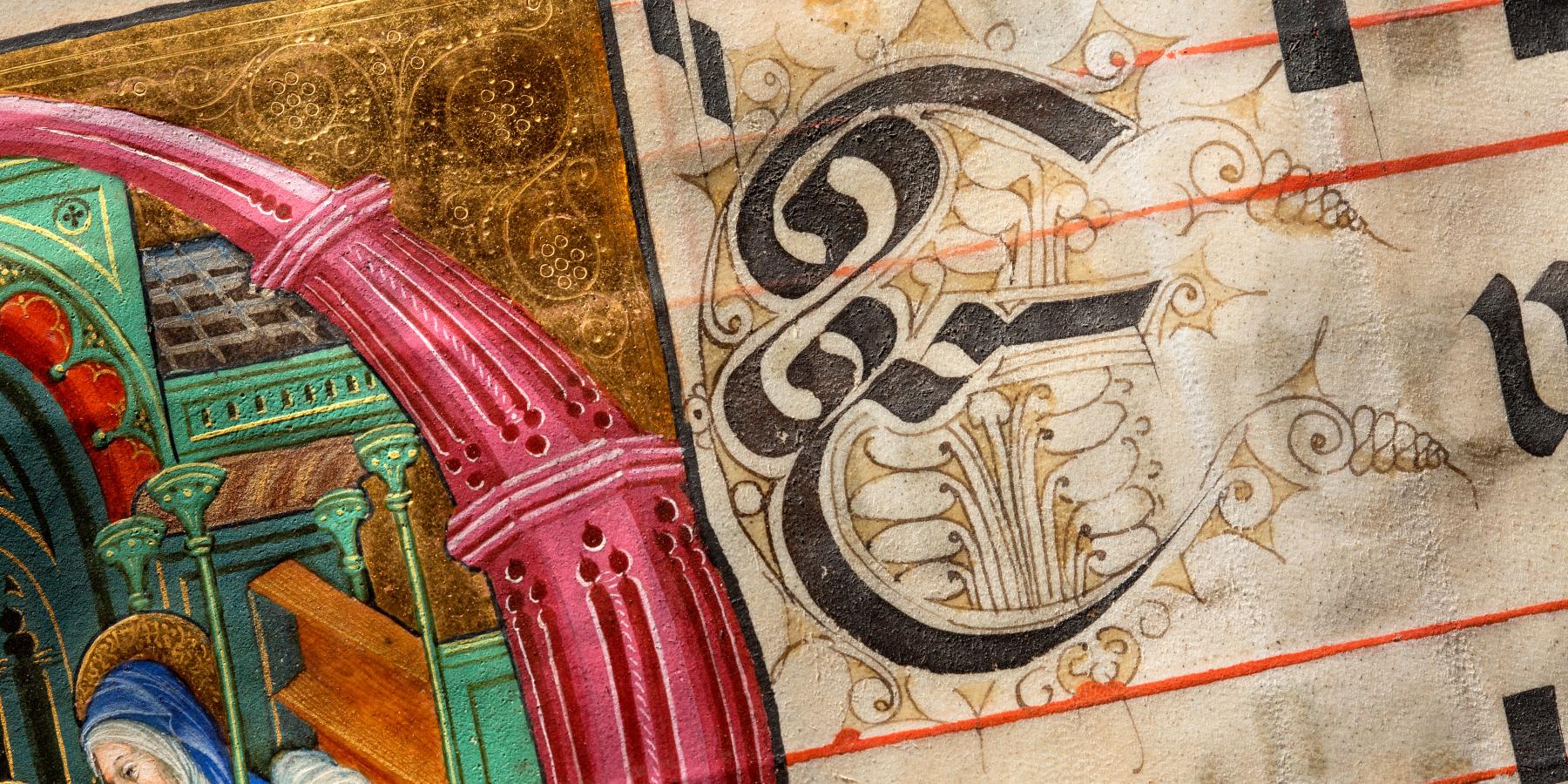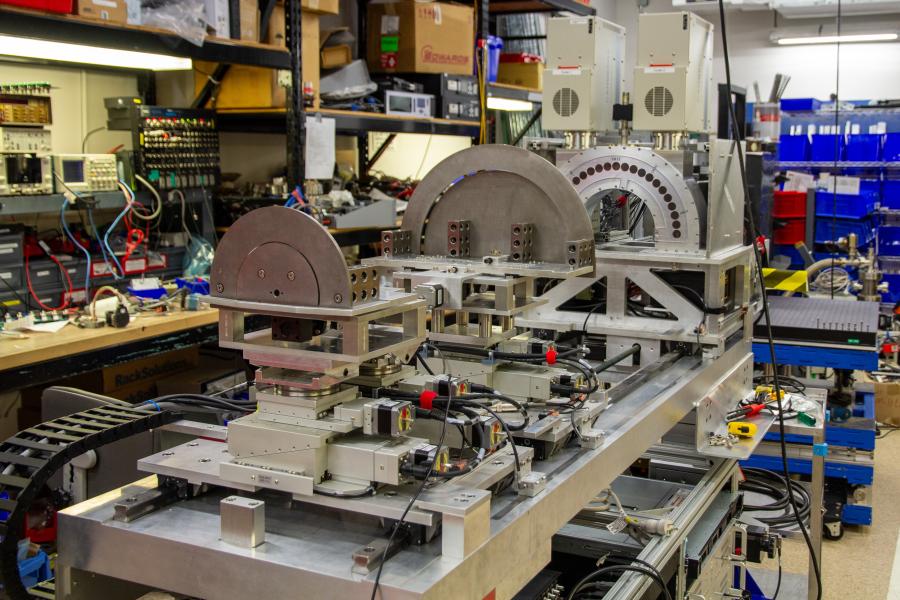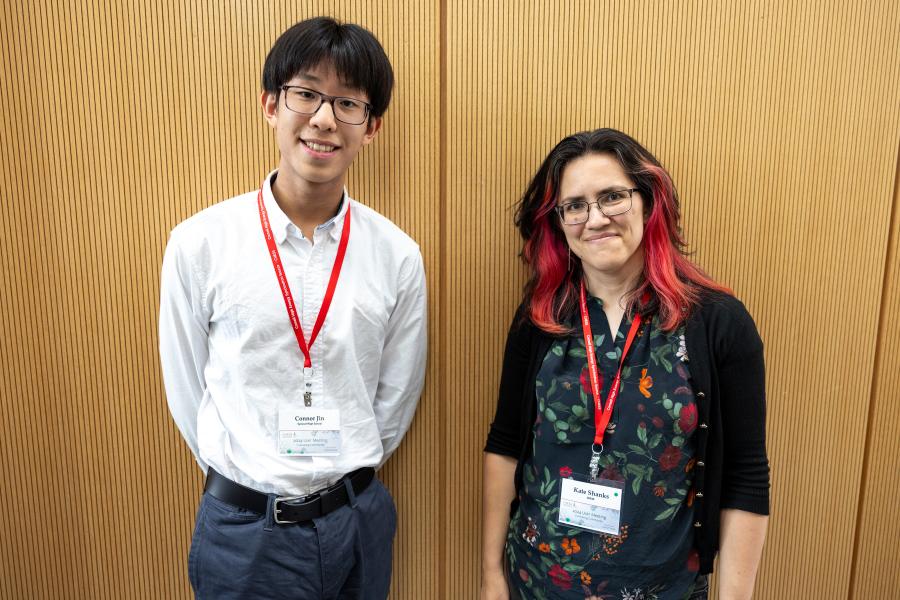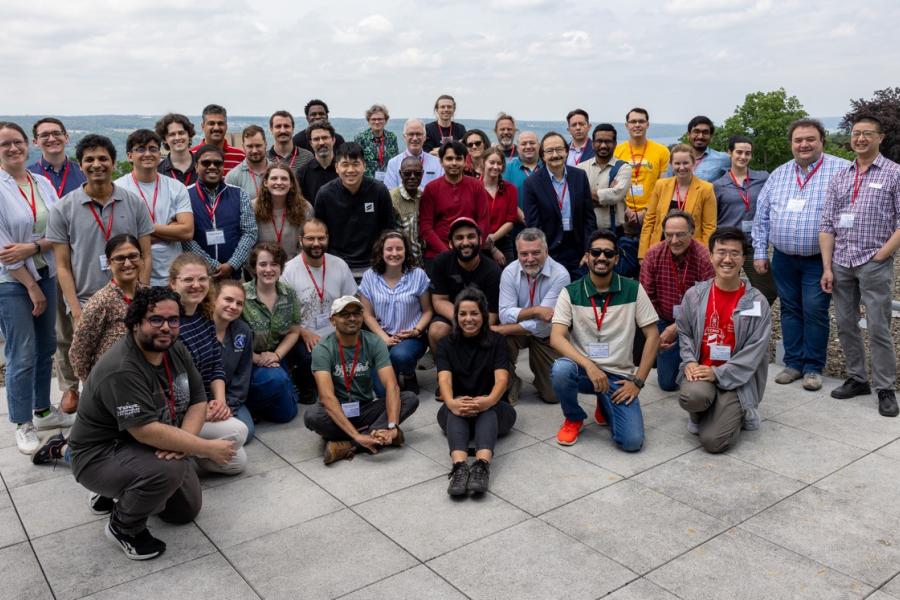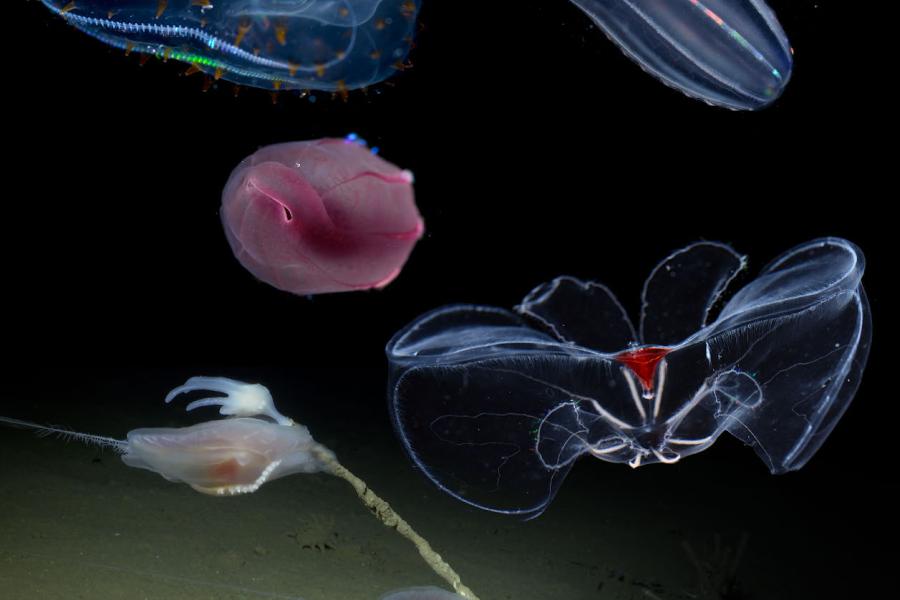Sidebar Menu (View Pages)
- Status
- ⌃ Science
- ⌃ Users
- ⌃ Facilities
- ⌃ Public
- Industry
- ⌃ About
Tags
Featured

50 years Later, Wilson Lab stays cutting edge
This October marks the 50th anniversary of the dedication of the Wilson Synchrotron Laboratory. Initially built for $11million and promising to deliver cutting-edge research in elementary particle physics, it was the NSF’s largest project at that time. Fifty years later, the lab is going through its biggest upgrade in decades.
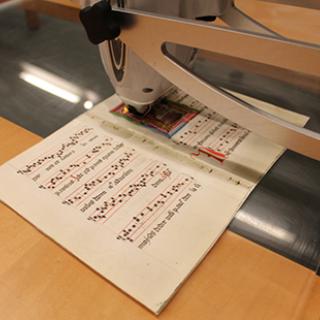
High-tech X-Ray Spots Unusual Element in Ancient Manuscript
Using extremely high-tech X-ray fluorescence, researchers at Cornell University have detected an unexpected trace element in manuscript pages (or fragments) dating back to the 13th to 16th centuries.
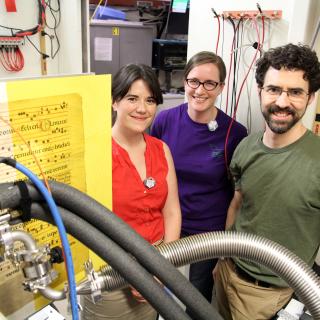
Out of the blue: Medieval fragments yield surprises
Analyzing pigments in medieval illuminated manuscript pages at the Cornell High Energy Synchrotron Source (CHESS) is opening up some new areas of research bridging the arts and sciences.
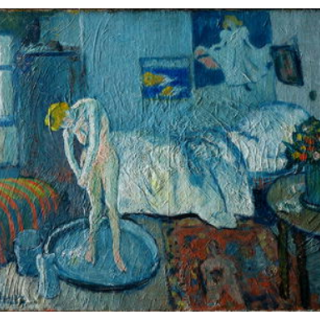
Synchrotron-based XRF mapping helps elucidate Picasso’s Blue Period techniques
Transitions in an artist’s style, technique and subject matter are often an enduring source of inquiry and fascination. To those familiar with Pablo Picasso’s life, 1901 is well known as one such period of transition.
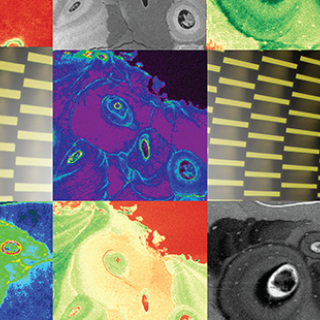
CHESS technology enables a leap forward in trace element studies in archaeological human bone
X-ray fluorescence imaging (sometimes abbreviated XFI) is a versatile technique for nondestructive analysis of trace element distributions, and is finding increasing application in a surprising array of fields – from plant physiology and geochemistry to archaeology and cultural history.

From X-rays to the Met
Louisa Smieska, a former Post-Doc at the Cornell High Energy Synchrotron Source (CHESS), explains how chemistry and art brought her to become a synchrotron scientist.
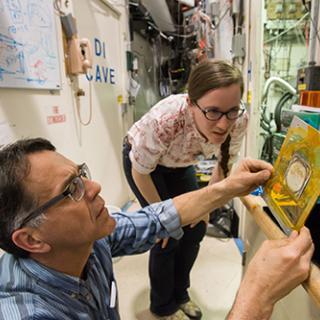
XRF mapping webinar empowers CHESS users
On Friday May 6, 2016, nine researchers from eight institutions in the USA and Canada attended a one-day webinar on x-ray fluorescence (XRF) mapping led by CHESS senior scientist Arthur Woll and postdoctoral researcher Louisa Smieska.
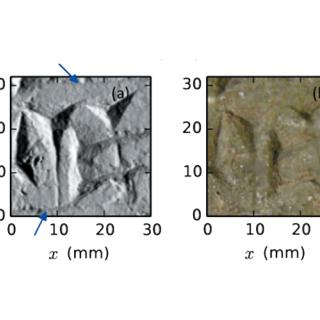
Read 1000 BC Middle East gypsum tablet with X-ray fluorescence
Many ancient inscriptions on stones have been worn and weathered, and the original text is no longer visible. Scanning X-ray fluorescence (SXRF) imaging of chemical tracing elements on epigraphy has been used to significantly improve the legibility of heavily weathered and worn stone surfaces.
